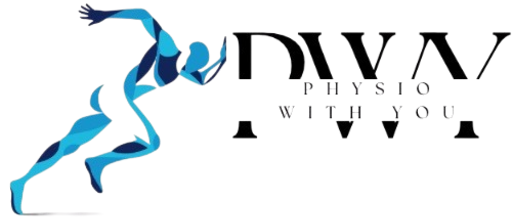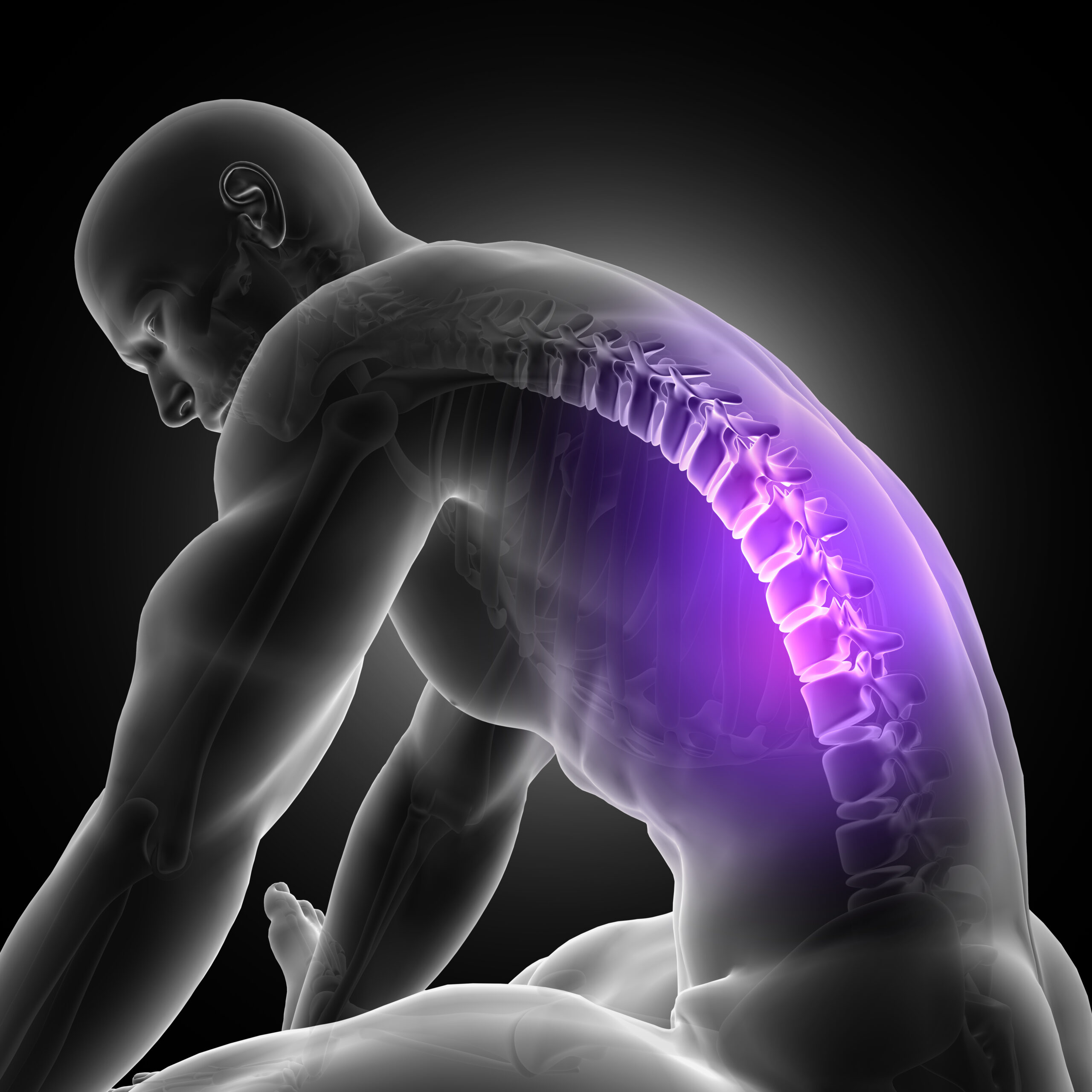Title: Understanding Dorsal Kyphosis: Causes, Treatment, and Prevention Introduction
Dorsal kyphosis, commonly known as excessive curvature of the upper back, affects posture and can lead to discomfort or long-term spinal issues. It may result from poor posture, degenerative conditions, or congenital factors. This article explores its causes, treatment options, and preventive measures to promote spinal health.
Causes of Dorsal KyphosisDorsal kyphosis can develop due to several reasons, including:
Postural Kyphosis: Poor posture over time, especially from prolonged screen use or slouching.
Scheuermann’s Kyphosis: A developmental condition causing vertebral deformities in adolescents.
Osteoporosis: Weakening of the bones leading to vertebral fractures and spinal curvature.
Congenital Kyphosis: A birth defect affecting spinal formation.
Spinal Degeneration: Age-related wear and tear leading to an abnormal curvature.
Treatment OptionsManaging kyphosis depends on its severity and underlying cause. Treatment approaches include:
Physical Therapy: Strengthening exercises targeting the back and core muscles to improve posture.
Postural Correction: Ergonomic adjustments and postural training to reduce strain.
Bracing: Common for adolescents with Scheuermann’s kyphosis to prevent worsening curvature.
Medication: Pain management through anti-inflammatory drugs if necessary.
Surgical Intervention: In severe cases, spinal fusion surgery may be recommended.
Manual Therapy: Chiropractic adjustments and massage therapy to alleviate discomfort.
Prevention StrategiesPreventing kyphosis is essential for long-term spinal health:
Maintain Proper Posture: Keep shoulders back and spine aligned when sitting or standing.
Exercise Regularly: Strengthening the back, shoulders, and core helps maintain spinal stability.
Use Ergonomic Supports: Adjust workspaces and chairs to promote a neutral spine position.
Weight Management: Maintaining a healthy weight reduces excess strain on the spine.
Bone Health Maintenance: Ensure sufficient calcium and vitamin D intake to prevent osteoporosis.
Lifestyle and Hygiene for Spinal Health
Stretching & Mobility Exercises: Incorporate daily stretches to maintain flexibility.
Proper Sleeping Posture: Use a supportive mattress and avoid sleeping on the stomach.
Reduce Screen Time: Frequent breaks when using computers or phones to prevent slouching.
Stress Management: Relaxation techniques such as yoga or meditation can help release tension in the back.
ConclusionDorsal kyphosis can impact daily life if left untreated, but with the right interventions, it can be managed effectively. By focusing on prevention, strengthening exercises, and maintaining a healthy lifestyle, you can promote better posture and spinal health. If you experience persistent discomfort, consult a healthcare professional for a personalized approach.

